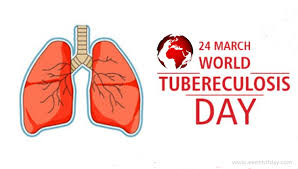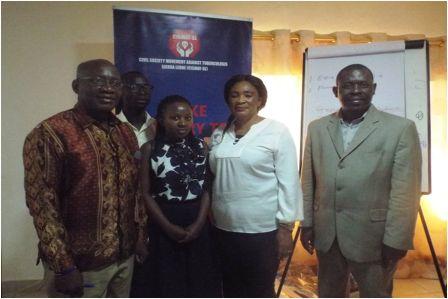Global Fund Reports Results – 2014
GENEVA – The Global Fund to Fight AIDS, Tuberculosis and Malaria announced new results that show acceleration in efforts to end the AIDS epidemic. In the past year, an additional 1.3 million people began treatment for HIV in programs supported by the Global Fund, a 20 percent increase, bringing the total to 7.3 million people.
Counselling and testing for HIV rose 27 percent to reach 390 million sessions. Efforts at HIV prevention included distribution of more than 300 million condoms in programs supported by the Global Fund.
The numbers released by the Global Fund show significant movement towards common milestones in HIV response, articulated well in a study recently released by UNAIDS that calls for fast-tracking the HIV response to end the epidemic by 2030.
The results reported by the Global Fund also show progress in the response to TB. In the past year, 1.1 million new smear-positive TB cases were detected and treated, bringing the total to 12.3 million. People treated for MDR-TB rose 39 percent in the past year to hit 150,000.
The results also mark accelerated efforts against malaria. The number of mosquito nets distributed for prevention against malaria rose by 90 million to hit a total of 450 million over the past year. In the same period, the cases of malaria treated rose 20 percent to hit 470 million.
“On World AIDS Day, it is exciting that countries are bringing together partnerships to significantly increase HIV prevention and treatment services through shared responsibility,” said Mark Dybul, Executive Director of the Global Fund. “We now have a foundation on which to build and accelerate efforts to bring the epidemic under control.”
This year the Global Fund began full implementation of a funding model that is designed to accelerate the end of HIV, TB and malaria as epidemics by investing more in countries with lower income and higher burden of disease. The funding model is also set up to continue to evolve, so that improvements in epidemiology can translate into increased impact.
Through the funding model, the Global Fund is pursuing a differentiated approach to investing. It is weighing economic scenarios against epidemiological intelligence that points to diseases, especially HIV and tuberculosis, becoming less generalized and more concentrated in certain locations and in key populations within a country.
While certain middle-income countries and regions are making remarkable progress, others are falling back. Achieving control over these diseases calls for a diversified and differentiated approach, aligned with the Post-2015 development agenda.
Stay with Sierra Express Media, for your trusted place in news!
© 2014, https:. All rights reserved.





